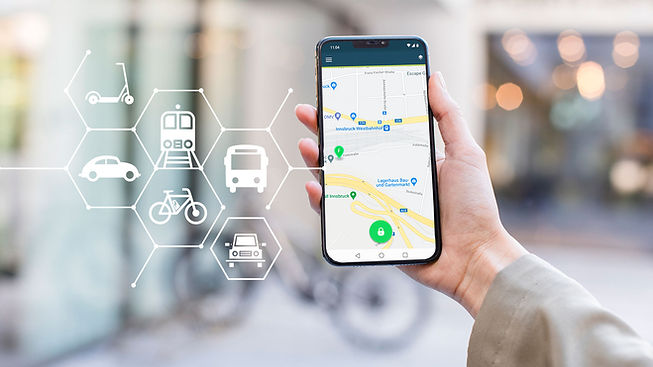FUTURE OF LIVING SPACES
The landscape of housing will undergo significant transformations driven by population growth, rising housing prices, and the urgent need for sustainable living. Solutions like compact yet community-oriented living, sustainable design, and technologically advanced homes that enhance our lives.

Living Spaces
In the coming years, as the population continues to grow and housing prices soar, housing options are expected to shrink. This trend, known as micro living, will prompt individuals to make choices between residing in smaller standalone houses, referred to as compact living, or combining households, even across generations and different social groups, known as shared living. Another option will be co-living, where people opt to share certain communal areas while maintaining their privacy through private rooms and bathrooms.
Green Design & Energy Conscious Houses
In response to the climate crisis, housing design will shift towards green architecture, emphasizing terrace and vertical gardens.
Renewable energy sources like solar panels and wind turbines will be widely adopted, with government support. Energy efficiency will be maximized through passive solar heating techniques. Houses will incorporate rainwater harvesting systems for water reuse. Eco-conscious practices will be followed, using recyclable, decomposable, and low-Volatile Organic Compounds materials in construction


Government Intervention
In the future, public regulation of housing will increase to ensure equitable housing for all income levels. Individuals will seek greater control over their living environments, leading to reduced private involvement in housing. Un-necessary demolitions will be discouraged, and the focus will shift to upgrading existing houses with new technological advancements. This approach will prioritize sustainability and responsible resource usage, fostering a more inclusive and efficient housing landscape.
Interconnected Networks
Moving forward, transporting goods will shift away from single contracts to separate contracts with different vendors for each mode of transport, facilitated by AI. This advancement will boost efficiency and speed up the transportation process. Additionally, Mobility as a Service (MaaS) will gain widespread adoption, integrating various transportation modes into a single online platform. MaaS will provide users with an intermodal journey planner and a unified payment portal, streamlining the entire process and empowering users within a single platform.
